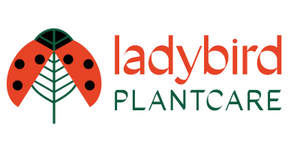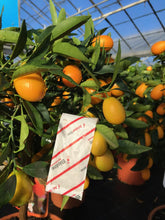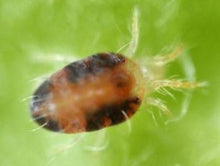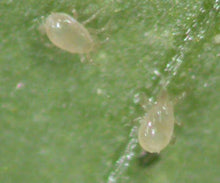
Amblyseius Andersoni is primarily used to prevent a spider mite infestation (especially in houseplants) or as an out of season control rather than as a solution for a bad infestation. It's an excellent product for catching the spider mites as they come out of hibernation in the early spring.
The sachets contain a breeding colony of mites that crawl out slowly over a period of 4-6 weeks stopping an infestation from taking hold. If you already have spider mites in large numbers please use Phytoseiulus first.
These predatory mites are widely used in commercial glasshouses to control unwanted plant pests. Amblyseius Andersoni is used to treat different species of Red Spider Mite (Tetranychus spp. and Panonychus spp.) Fuchsia Gall Mites, Pear Blister Mites, Rust Mites, Boxus Mite and Thrips, it can tolerate a wide range of high and low temperatures 6°C to 40°C, making it a great early season control.
Further information
How much do I need?
When to use
How to use
Amblyseius spp. are difficult to spot with the naked eye, and to tell apart even with the benefit of a microscope. The colour of the mites vary according to what they have been feeding upon. Amblyseius are suitable for indoor houseplant collections, glasshouses and conservatories, as well as outside from late February. They can feed on pollen and spores when there isn't enough live prey for them to survive on, this makes them an effective preventative measure. Amblyseius Andersoni is not as voracious as the spider mite killer, Phytoseiulus, but it has the advantage that it can survive even when there is not much active spider mite around and is much less sensitive to temperature. It is also effective on a wider range of spider mite species.







